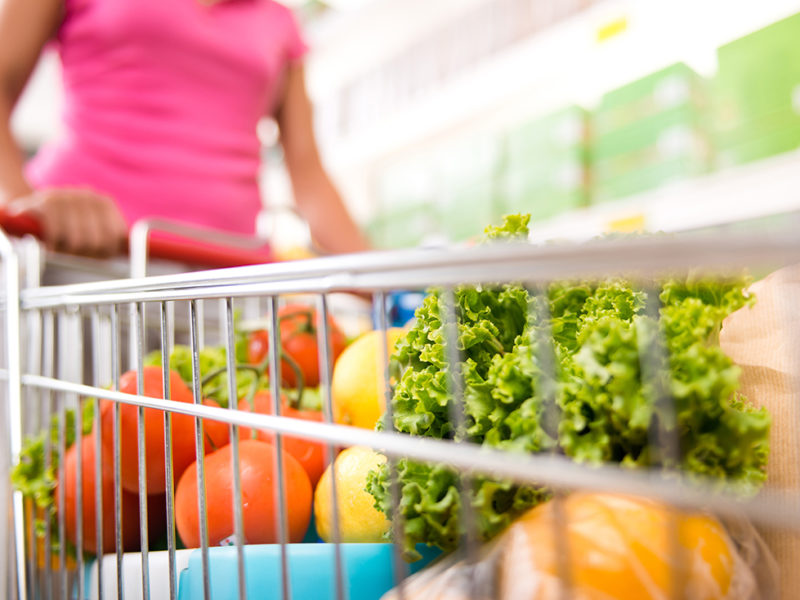The average BC family’s food bill has increased more than 9% this year, according to the annual Canada Food Price Report, and a further increase of up to 7% is possible in 2023.
The effects of inflation and declining disposable incomes among consumers will make it not just more expensive but harder for consumers to feed themselves in 2023, according to the report, compiled by researchers at UBC, the University of Saskatchewan and the University of Guelph under the direction of the Agri-food Analytics Lab at Dalhousie University.
A family of four could end up spending an extra $1,000 on food in 2023, the report says.
But producers are also facing rising costs. The report notes that geopolitical risks such as the war in Ukraine, which has tightened supplies of wheat and vegetable oils and also driven energy prices higher, are a key factor. Higher input costs at all levels of the food chain are also contributing to higher retail prices.
Consumer concern with food prices shouldn’t be underestimated, according to the Canadian Centre for Food Integrity, which released its annual public trust report in early November. Most, however, aren’t blaming the farmer.
“Rather than blaming any specific food system stakeholder, Canadians have an accurate understanding of what is impacting the price of food,” the report stated. “Most Canadians (56%) believe that food prices are increasing due to costs associated with food production supply chains.”
The finding runs counter to allegations that organizations such as the Canadian Dairy Commission are raising dairy prices by unsubstantiated amounts.
The past year has seen dairy prices rise 8.5% in February and 2.5% in September, with a further 2.2% increase set for February 2023. The result is that consumers in BC are paying more than a dollar extra for staples like a 4L jug of milk and a pound of butter.
According to Statistics Canada, the shelf price of a 4L jug of milk increased 17% in the 12 months ended September while butter increased 19%. Eggs increased 13% while chicken drumsticks increased 31%.
But much of the retail price isn’t passed onto producers, who say that returns aren’t keeping up with escalating costs of feed, fertilizer and fuel.
Despite the increase in the price of chicken drumsticks, for example, many broiler producers say they’re farming their depreciation. Dairy farmers are looking at margins of less than 4%.


 COVID-19 response reviewed
COVID-19 response reviewed